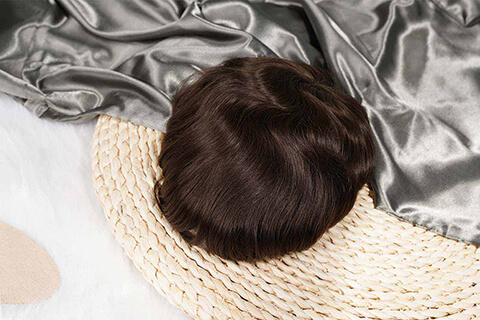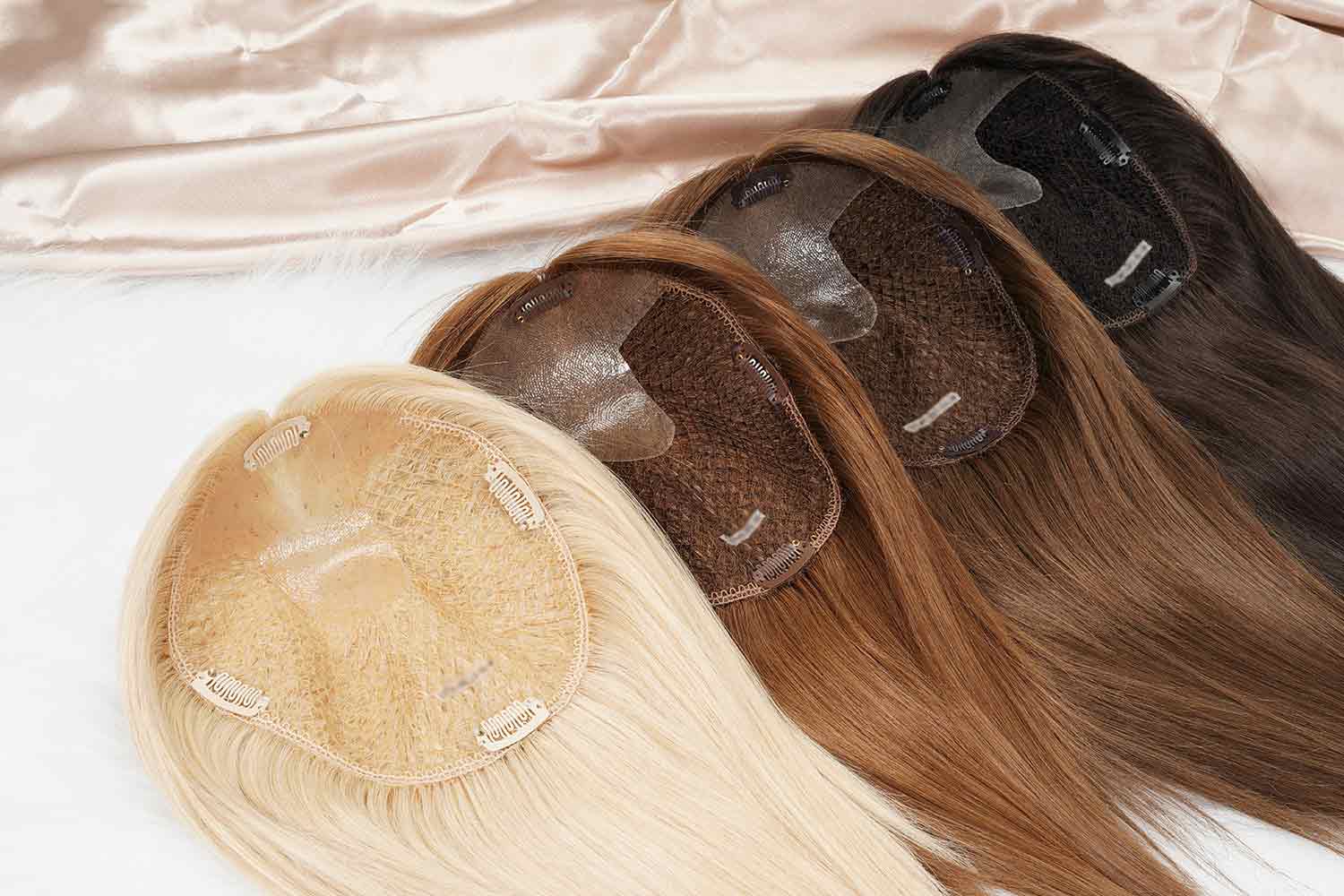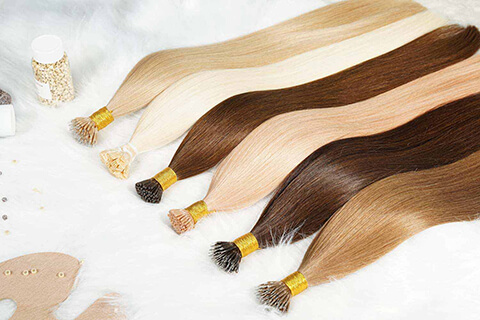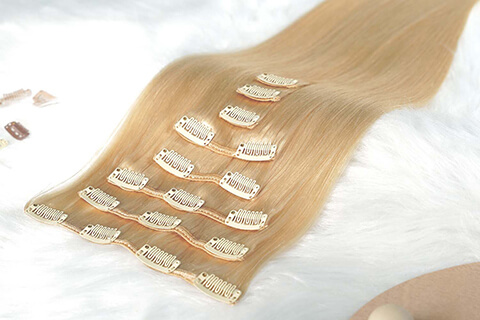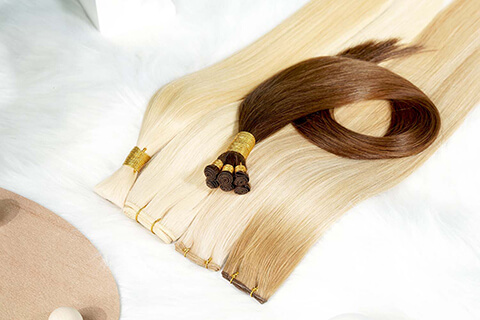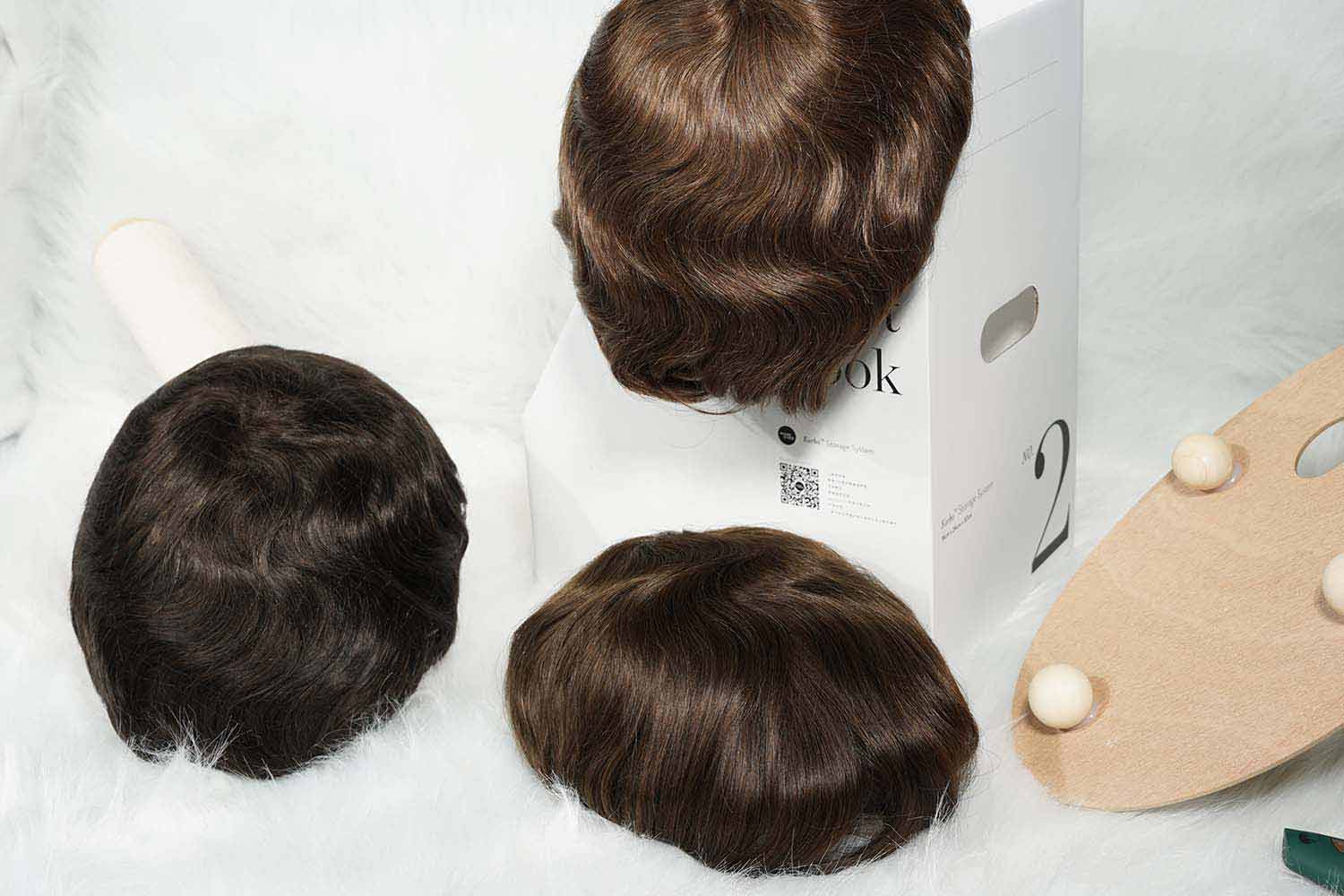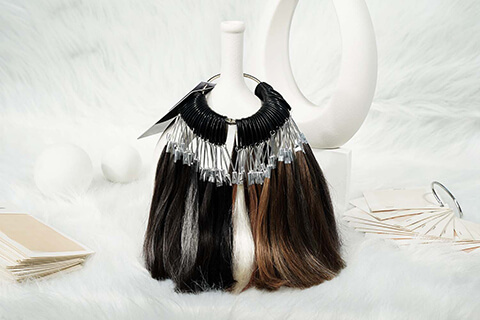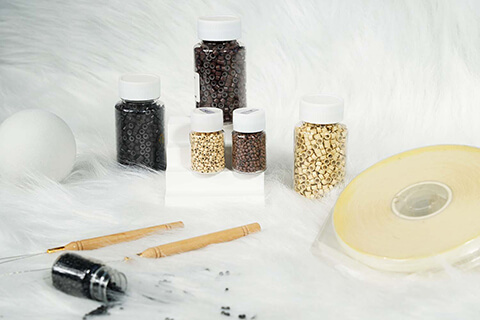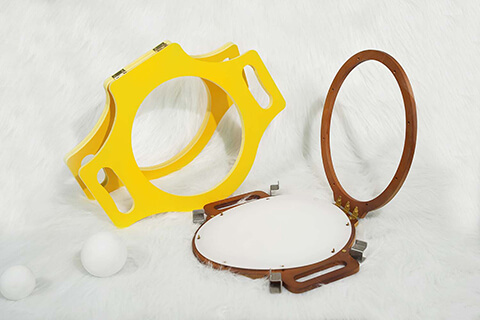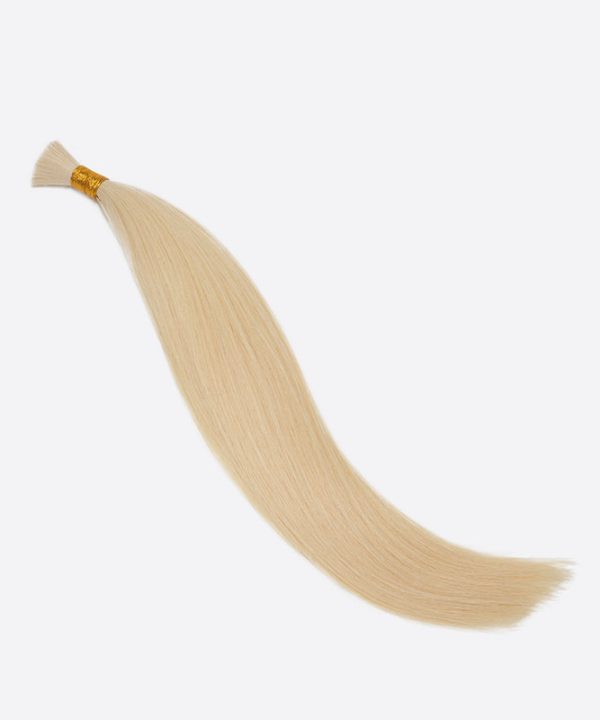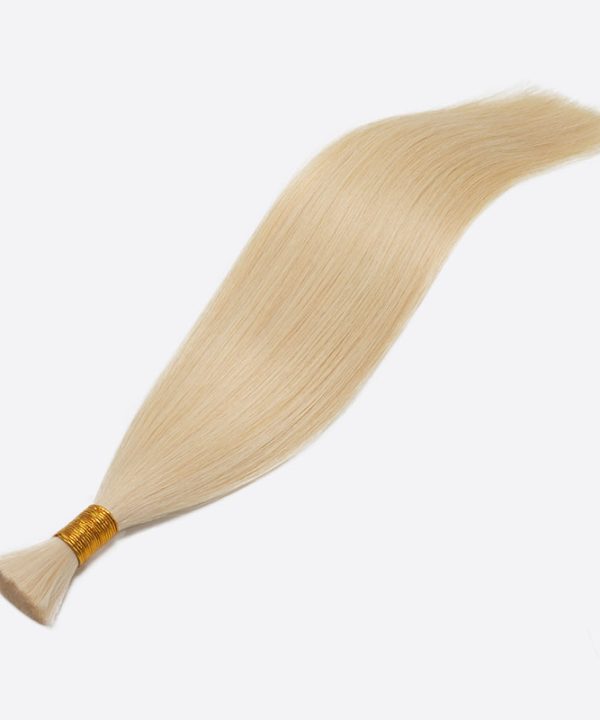No products in the cart.
GET IN TOUCH
If you want to know anything about our hair systems, simply send us a message by clicking the button below.
Frequently Asked Questions
1. What Is Bulk Hair?
Bulk hair is loose bundles of human hair that are collected from a single donor. It means bulk hair comes in individual strands for the purpose of using different hair extension techniques.
The Interesting part is bulk hair is sold by weight rather than length, with each bundle containing a set number of grams or ounces of hair.
Bulk hair is a popular choice because it tends to have a more consistent texture and color than other types of hair texture because it is collected from a single donor.
Bulk hair availability in a range of textures, colors, and lengths, making it a versatile choice for anyone looking to add volume, length, or fullness to their natural hair.
2. Who Buys Bulk Hair And Why?
Hair extension professionals, hair stylists, and people who want to create custom-made hair extensions buy bulk hair.
Let's see why they choose to purchase bulk hair.
Customization:
Bulk hair allows for a high level of customization, as it can be blended with natural hair to create a seamless, natural-looking result.
Quality:
As you read above, bulk hair tends to have a more consistent texture and color than other types of hair extensions. That's why it is ideal for those who prioritize high-quality hair.
Versatility:
Bulk hair is used for a variety of hair extension techniques, e.g., fusion, micro-link, and sew-in extensions. This versatility attracts hair extension professionals and enthusiasts.
Cost-effectiveness:
If you are keen to create your own custom-made hair extensions, buying bulk hair can be a cost-effective option. This helps you save money by purchasing bulk hair rather than buying pre-made weft hair extensions.
3. Difference Between Single-drawn And Double-drawn Hair: Types Of Bulk Hair
Bulk hair has two most discussed types: single-drawn and double-drawn hair. The main difference between them is the amount of shorter hairs that are present in the bundle.
Here's a closer look at each type:
1) Single-drawn hair:
Single-drawn bulk hair contains a mix of long and short hairs.
In the single-drawn hair process, extremely short hair is typically removed by hand, which leaves varying lengths of hair (middle to long) in the bundle. This can create a more natural look, tapered length rather than thick, fuller hair on top, as the hair will have some variation in length.
However, it can also make the hair more difficult to style, as the shorter hairs may not behave the same way as the longer hairs.
2) Double-drawn hair:
This type of bulk hair has been specially processed to remove almost all of the shorter hairs.
The double-drawn hair process leaves behind a bundle of hair mostly the same length, creating a more uniform appearance. Double-drawn hair is typically more expensive than single-drawn hair, as it requires more processing time and effort.
Both single-drawn and double-drawn hair is available in a variety of textures, e.g., straight, wavy, and curly, colors, e.g., black, brown, blonde, and red, and lengths.
When purchasing bulk hair, it's important to choose a type that will work best for the desired hairstyle and budget.
4. How Do You Install Bulk Hair Extensions?
Installing bulk hair extensions can be done in a few different ways; here is an explanation of all.
Fusion:
Fusion is a hair extension technique where you attach individual strands of hair to small sections of natural hair using a keratin-based adhesive.
The application involves heating adhesive with a special tool to melt it; it allows the extension hair to be fused to the natural hair.
Note: The fusion technique requires some skill and experience, as the heat must be carefully controlled to avoid damaging the natural hair.
Micro-links:
Micro-link hair extensions, also known as micro-rings or micro-beads.
It involves taking the micro link and threading it onto the hook. Using a crochet hook, pull a small section of bulk hair through the micro link. Slide the micro link onto your natural hair, close to the scalp. Ensure that the bulk and natural hair are inside the micro link. In the end, shut the ring.
This technique is less risky because it does not require heat or any special tools.
Sew-in:
Sew-in extensions involve creating braids or cornrows along the scalp, then securing the bulk hair onto the braids. In this process, bulk hair is used by taking a small section of your natural hair and using a latch hook or needle to loop the bulk hair through the braid. Make sure to secure the looped hair by tying a knot.
This technique allows for a large amount of hair to be attached at once, providing full head coverage.
It can also be a good option for individuals with thicker or coarser hair, like afro hair, as the braids provide a secure base for the extensions.
5. What Is The Difference Between Bulk Hair And Weft Hair?
Here comes one of the most anticipated parts of the article. Let's discuss the difference between bulk and weft hair.
- Form:
Bulk hair is sold in individual strands, while weft hair is sold in a long, continuous strip. This makes weft hair easier to handle and install, as the hair is already attached to a track.
- Installation:
Weft hair can be installed using a variety of methods, including sewing or gluing the track directly onto the natural hair.
On the other hand, bulk hair typically requires a method in which individual strands can be attached to the natural hair, like fusion or micro-link technique.
- Customization:
Due to the form in which bulk hair is sold (individual strands), it can be more easily customized to match anyone's natural hair color, texture, and length. In contrast, weft hair is sold in pre-made tracks, which may be more challenging to customize.
- Price:
Weft hair is often less expensive than bulk hair, requiring less processing and preparation.
Finally, the decision between bulk hair and weft hair comes down to personal preference and desired style. Bulk hair can provide more customization and versatility, whereas weft hair is easier and less expensive to install.
Want quality bulk hair purchase, don’t look any further, BonoHair is here!









